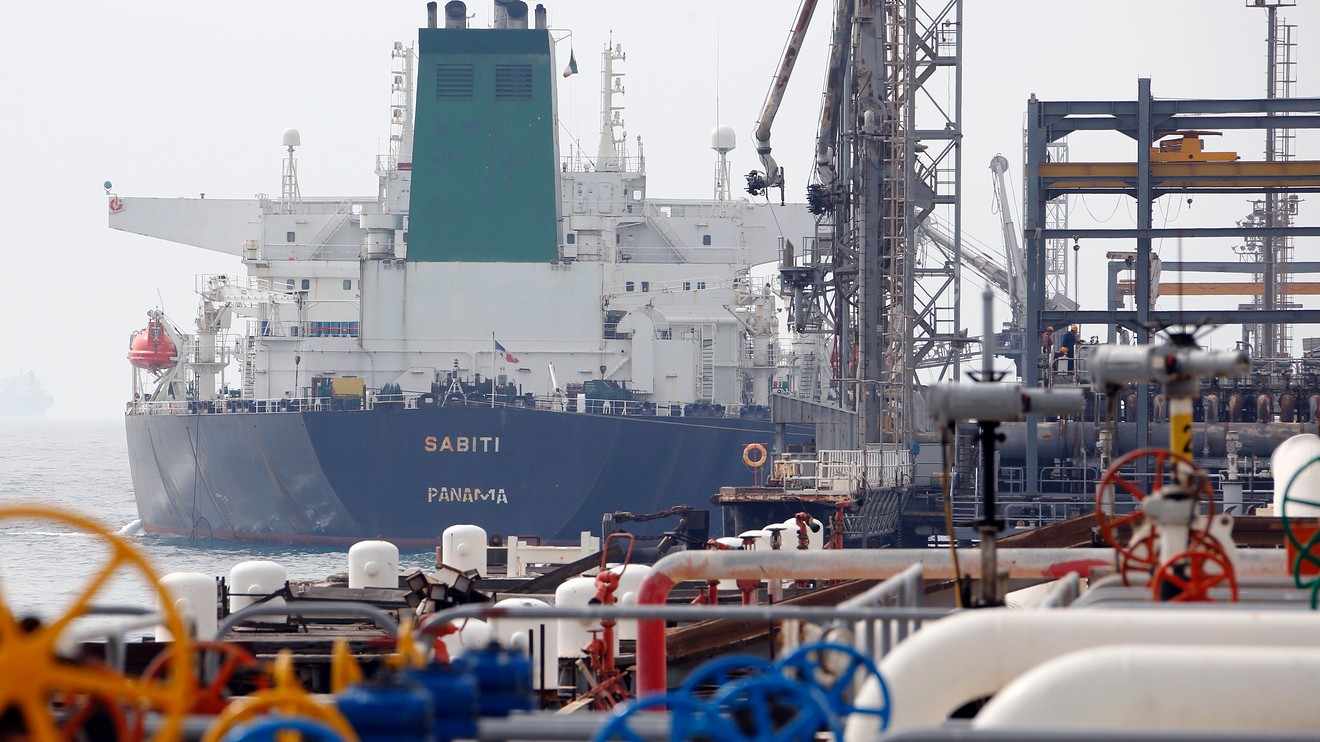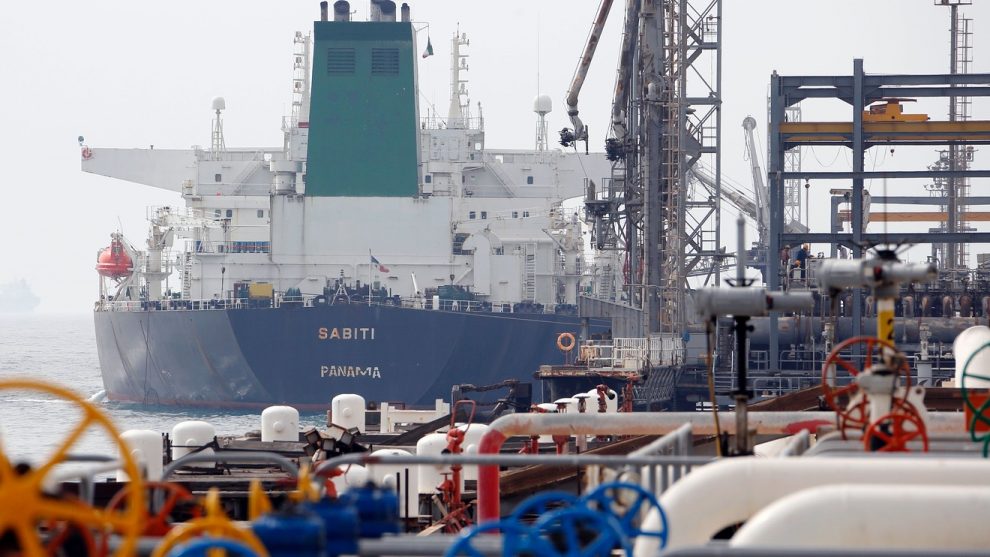
Crude futures fell in Thursday, as energy markets await the next moves from OPEC as U.S. waivers on Iran oil sanctions expire and a jump in domestic supplies and record U.S. crude production continue to weigh on prices.
U.S. prices fell Wednesday and remained lower Thursday after a U.S. government report revealed a nearly 10 million-barrel rise in domestic crude supplies — the biggest weekly climb of the year so far. It also revealed that weekly U.S. crude production edged up by 100,000 barrels to a record 12.3 million barrels a day.
Meanwhile, global benchmark prices for oil slipped Thursday largely in line with their U.S. counterpart even though the two contracts had split again a day earlier, with London-traded crude finishing Wednesday with a modest gain as Saudi Arabia looked to defy U.S. President Donald Trump’s request to pump more oil to keep down prices.
“Whilst continued OPEC cuts and sanctions on Iran and Venezuela have lifted the price of oil, record U.S. crude oil production has led to a surge in inventories. Concerns are growing that stockpiles, which are the highest since 2017, could continue to grow,” said Jasper Lawler, analyst at London Capital Group.
U.S.-based West Texas Intermediate crude for June delivery CLM9, -3.46% lost $2.22, or 3.5%, at $61.38 a barrel on the New York Mercantile Exchange, with front-month prices poised to settle at their lowest in more than a month.
The Energy Information Administration on Wednesday reported that U.S. crude supplies rose by 9.9 million barrels for the week ended April 26. That surpassed the rise of 1.4 million barrels expected by analysts polled by S&P Global Platts.
“This comes as U.S. refineries head into the spring maintenance period, stoking fears that crude oil demand will be soft and stockpiles will continue to rise,” ANZ bank said, in a note.
Meanwhile, global benchmark July Brent crude LCON9, -2.47% fell $1.59, or 2.2%, to $70.59 a barrel on ICE Futures Europe. Front-month contract prices were up about 6.5% for last month. Brent hit a six-month high above $75 as recently as last week before churning below that level since.
Saudi Arabia, de facto leader of the Organization of the Petroleum Exporting Countries, has pledged to boost oil output if needed, as the Trump administration starts banning all Iran oil exports on Thursday. But behind the scenes, Riyadh and Washington face a likely showdown over the number of extra barrels the kingdom would supply to global markets to keep crude prices stable. The U.S. is pushing to restart production in a field shared by the kingdom and Kuwait that could unlock half a million barrels a day, people familiar with the matter told The Wall Street Journal.
Yet, Saudi Arabia — in need of higher oil prices to keep its state budget balanced — is lobbying within OPEC to change the way the cartel calculates whether the market is adequately supplied as a way to show the U.S. that no more oil is needed, the report said, citing those sources.
Saudi Arabia’s energy minister Khalid al-Falih reportedly told Russia’s RIA news agency earlier this week that the Saudis will adhere to the production-cut agreement led by OPEC and may extend that agreement, which expires in late June, to the end of this year.
“With the possibility of increasing pressure on OPEC to meet oil demand, it remains to be seen how much longer members and partners will be able to continue to maintain supply cuts,” said Mihir Kapadia, chief executive officer of Sun Global Investments, in a email update. “Investors will be watching developments closely, particularly with the expiration of sanctions waivers for nations that have been allowed until now to continue buying oil from Iran.”
U.S. waivers on Iran oil sanctions expire Thursday. Paul Sheldon, chief geopolitical adviser at S&P Global Platts Analytics, expects Iranian crude and condensate exports to fall below 500,000 barrels a day in the second half of this year, from 1.3 million barrels a day in the first quarter.
Oman’s energy minister Mohammed bin Hamad al-Rumhy said on Wednesday it was OPEC’s goal to extend the production cuts, which started in January, when the group and its allies next meet in June, Reuters reported. OPEC oil supply hit a four-year low of 30.23 million barrels a day in April, a recent Reuters survey found.
Read: Here’s what the expiration of waivers on Iran crude sanctions will mean for oil prices
Also read: The end of Iranian oil waivers and what it means for the OPEC-led output cut pact
On Nymex, front-month June gasoline RBM9, -2.33% lost 2.4% to $2.014 a gallon, while the June heating oil contract HOM9, -1.31% fell 1.3% to $2.067 a gallon.
June natural gas NGM19, -1.91% traded at $2.571 million British thermal units, down 5 cents, or 1.9%.
On Thursday, the EIA reported that domestic supplies of natural gas rose by 123 billion cubic feet for the week ended April 26. Analysts polled by S&P Global Platts had expected an increase of 118 billion cubic feet.
Providing critical information for the U.S. trading day. Subscribe to MarketWatch’s free Need to Know newsletter. Sign up here.



